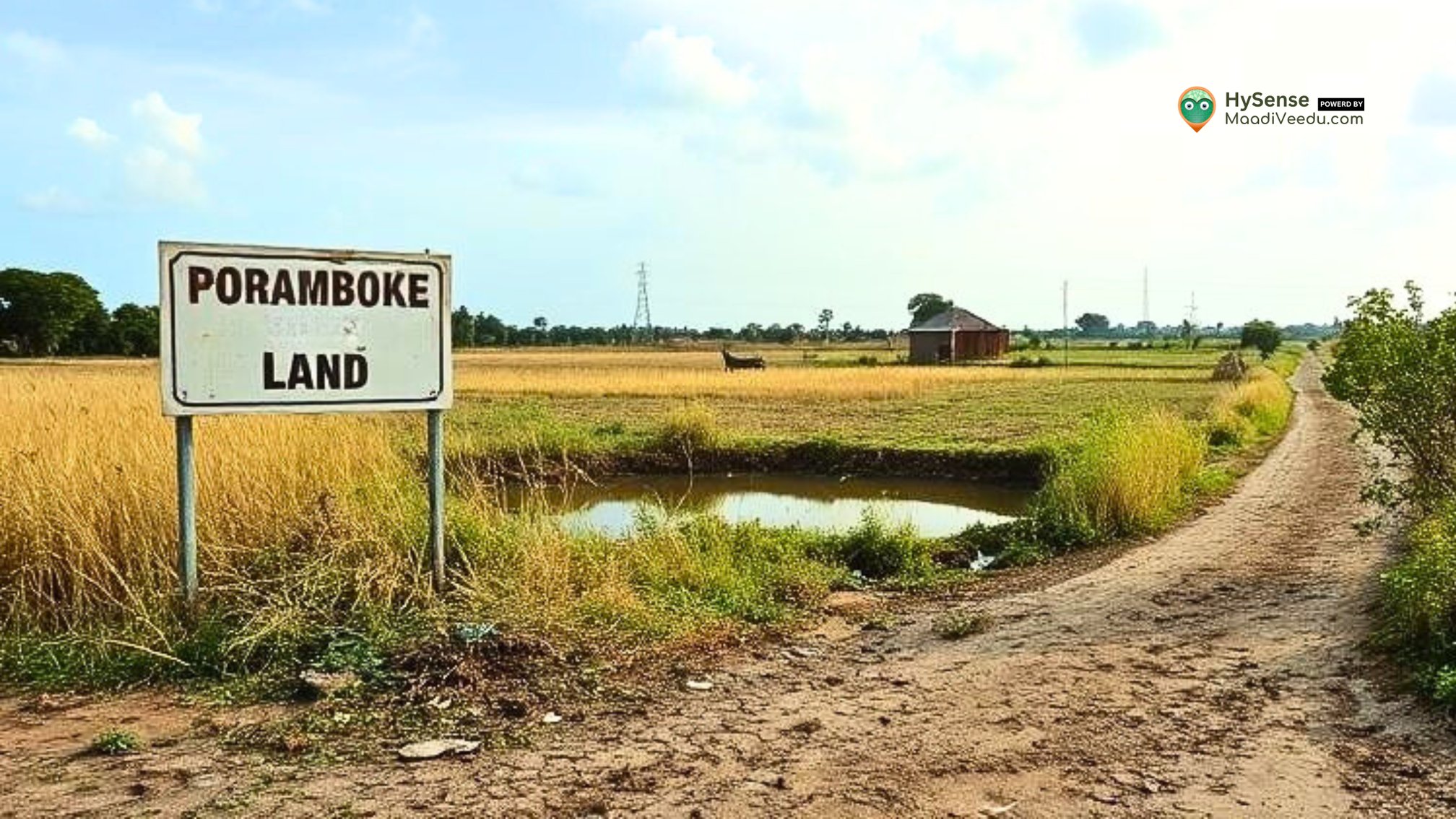Cauvery Delta: Top Rice Farming Region with High Water Value
Learn how Thanjavur, Tiruvarur, and other Cauvery Delta districts, with water values of 450-500 MCF, boost rice farming productivity.

Table of Contents
The Cauvery Delta in Tamil Nadu, often called the “Rice Bowl of Tamil Nadu,” stands as one of the most vital regions for rice cultivation. This fertile region is known for its rich soil, abundant water supply from the Cauvery River, and ideal climate, making it perfect for rice farming. In this blog, we explore why the Cauvery Delta is considered a goldmine for rice cultivation, along with its significance for the economy and agriculture in Tamil Nadu.
Know more : Premium Properties
Why the Cauvery Delta is Perfect for Growing Rice
Several factors come together to make the Cauvery Delta an excellent region for rice farming. Let’s dive into the details of these key factors.
Rich Soil
The soil in the Cauvery Delta is naturally rich in nutrients, a gift from the annual flooding of the Cauvery River. These floods deposit a layer of alluvial soil, rich in essential nutrients like nitrogen, potassium, and phosphorus. This nutrient-rich soil promotes healthy growth of rice plants, ensuring high yields every season.
Ideal Climate
The tropical climate of the Cauvery Delta provides the perfect conditions for rice farming. Rice requires abundant water, and the region’s tropical monsoon climate ensures a consistent rainfall pattern that keeps the rice fields flooded during the growing season. Additionally, the temperature and humidity are ideal for rice growth, making it one of the most productive farming regions.
Know more : Premium Properties
Water from the Cauvery River
The Cauvery River is the lifeline of the delta, supplying water for irrigation through a network of canals, reservoirs, and traditional systems like the Grand Anicut (Kallanai). The efficient distribution of water ensures that rice fields receive a steady water supply throughout the year, making it one of the most water-efficient regions for rice cultivation.
Key Districts in the Cauvery Delta for Rice Farming
The Cauvery Delta spans several districts, each of which plays a vital role in rice farming. Below are the main districts known for their rice cultivation.
Thanjavur, Tiruvarur, Nagapattinam, and Karaikal
These districts form the core of the Cauvery Delta and are some of the most important rice-producing areas in Tamil Nadu. The combination of fertile soil and reliable water supply from the Cauvery River has made them the heart of rice farming in the state.
- Thanjavur: Known for its rich soil and high water usage, Thanjavur is one of the top producers of rice. The district uses approximately 450-500 MCF of water annually for rice farming.
- Tiruvarur: Tiruvarur also benefits from a high water supply, using around 400 MCF of water every year. Its efficient irrigation systems ensure that rice paddies thrive during the entire season.
- Nagapattinam: With 350-400 MCF of water used annually, Nagapattinam is another key district in rice production. The region enjoys both irrigation from the Cauvery River and natural rainfall.
- Karaikal: This district uses 300-350 MCF of water each year. Karaikal benefits from an efficient irrigation network and high rainfall during the monsoon season, ensuring rice production remains steady.
Water Management in the Cauvery Delta
Efficient water management is crucial for the success of rice farming in the Cauvery Delta. Here’s how water is managed effectively in the region.
Traditional Water Systems
The ancient Kallanai Dam, also known as the Grand Anicut, is one of the oldest water management systems in the world. It channels water from the Cauvery River into canals, distributing it across rice fields. This system has stood the test of time and continues to play a vital role in irrigation.
Modern Water Management Techniques
In addition to traditional systems, modern irrigation techniques, such as automated water-lifting systems, are used today. These help optimize the distribution of water, ensuring that every rice field gets sufficient irrigation, even during dry spells.
Water Conservation
Water-saving practices such as rainwater harvesting, building check dams, and efficient irrigation help conserve water. These methods ensure that water is available when needed most and helps farmers avoid overuse, maintaining the sustainability of water resources.
Water Value per District
Each district in the Cauvery Delta uses specific amounts of water based on its agricultural needs. Here's a breakdown of the water values for rice farming:
- Thanjavur: 450-500 MCF of water annually.
- Tiruvarur: 400 MCF of water annually.
- Nagapattinam: 350-400 MCF of water annually.
- Karaikal: 300-350 MCF of water annually.
These values reflect the efficient use of water resources, ensuring optimal rice cultivation while maintaining sustainable water usage.
High Yields and Productivity in the Cauvery Delta
The Cauvery Delta consistently delivers high yields due to the ideal conditions and effective farming techniques. Here’s why this region is so productive:
Good Yields and Sustainable Farming
The fertile soil, ample water supply, and ideal climate contribute to consistently high yields in the Cauvery Delta. Farmers practice crop rotation, growing multiple crops between rice seasons, which keeps the soil fertile and minimizes pest damage.
Know more : Premium Properties
Government Support
The government plays a significant role in supporting rice farmers through subsidies, low-interest loans, and programs aimed at modernizing farming practices. This support helps increase productivity and ensures that farmers continue to benefit from high yields.
Economic Benefits of Rice Farming
Rice farming in the Cauvery Delta not only benefits farmers but also contributes to the overall economy.
Employment Opportunities
Rice farming creates a large number of jobs, from planting and harvesting rice to transporting and processing it. It also provides employment in related sectors such as irrigation, machinery rental, and marketing.
Rural Development
The income generated from rice farming has brought significant improvements to rural areas in the Cauvery Delta. Investments in infrastructure, healthcare, and education have improved the standard of living for many local communities.
Contribution to National Rice Supply
Rice produced in the Cauvery Delta is not only consumed locally but is also exported to other regions and countries. This helps boost the national economy and strengthens food security across India.
The Cauvery Delta’s Legacy in Rice Farming
The Cauvery Delta remains one of the most important rice-producing regions in Tamil Nadu and India. With its fertile soil, efficient water management, and ideal farming conditions, it continues to support the livelihoods of thousands of farmers. As the region adopts modern agricultural practices, its legacy as a goldmine for rice farming will only grow stronger.











